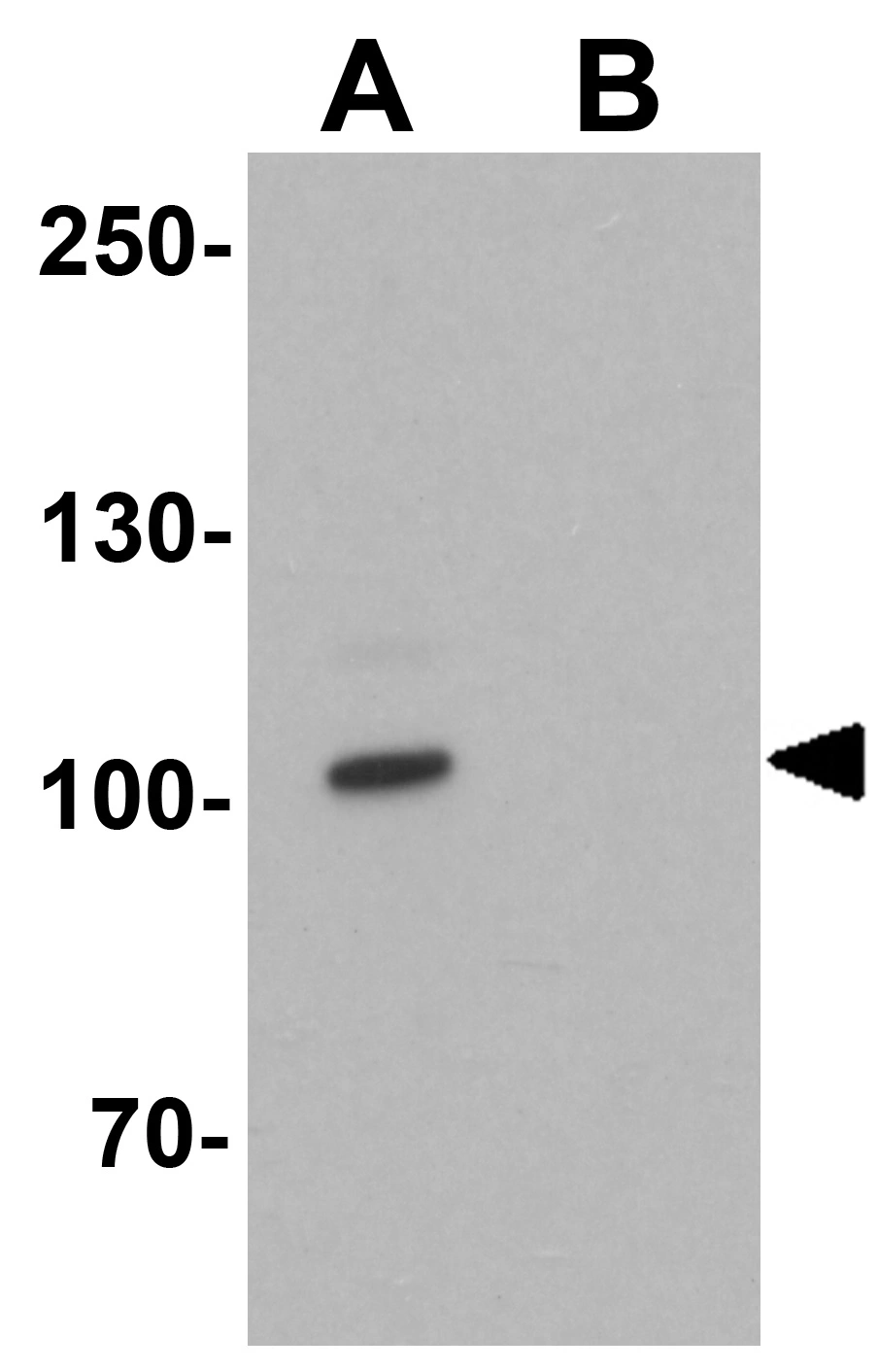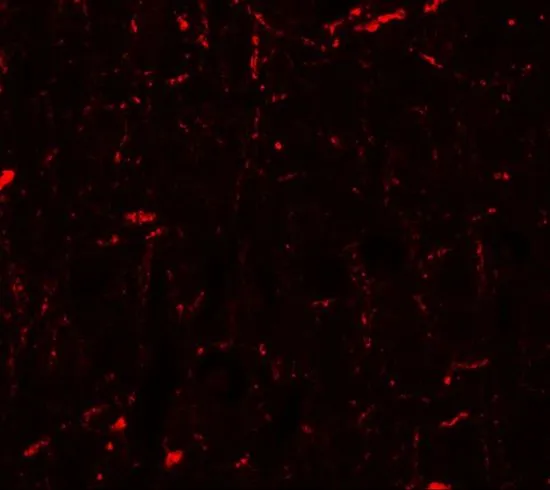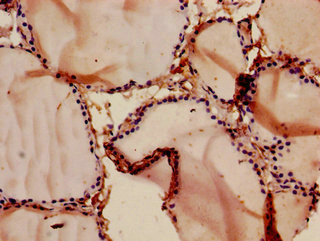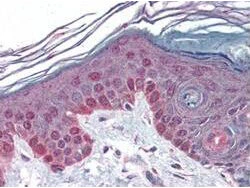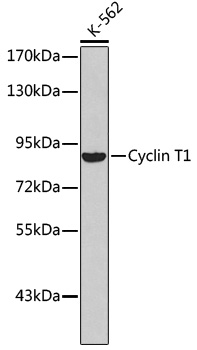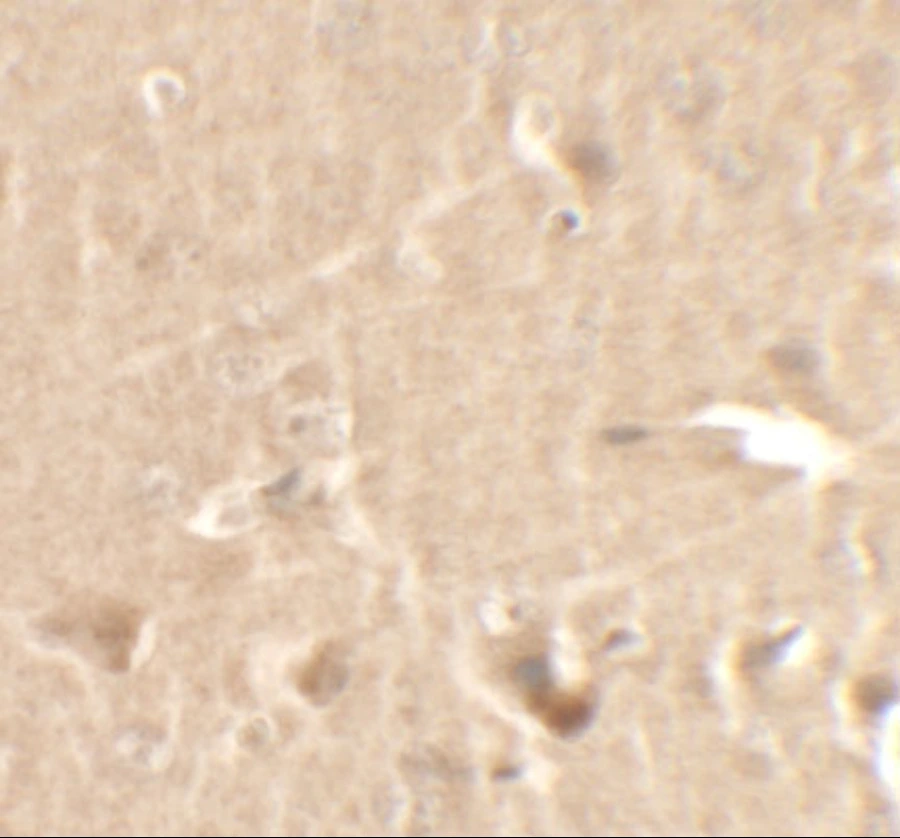
IHC-P analysis of rat brain tissue using GTX17200 Cyclin T1 antibody. Dilution : 2.5 microg/ml
Cyclin T1 antibody
GTX17200
ApplicationsWestern Blot, ELISA, ImmunoHistoChemistry, ImmunoHistoChemistry Paraffin
Product group Antibodies
TargetCCNT1
Overview
- SupplierGeneTex
- Product NameCyclin T1 antibody
- Delivery Days Customer9
- ApplicationsWestern Blot, ELISA, ImmunoHistoChemistry, ImmunoHistoChemistry Paraffin
- CertificationResearch Use Only
- ClonalityPolyclonal
- Concentration1 mg/ml
- ConjugateUnconjugated
- Gene ID904
- Target nameCCNT1
- Target descriptioncyclin T1
- Target synonymsCCNT, CYCT1, HIVE1, cyclin-T1, CDK9-associated C-type protein, MLLT10/CCNT1 fusion, cyclin C-related protein, human immunodeficiency virus type 1 (HIV-1) expression (elevated) 1
- HostRabbit
- IsotypeIgG
- Protein IDO60563
- Protein NameCyclin-T1
- Scientific DescriptionThis gene encodes a member of the highly conserved cyclin C subfamily. The encoded protein tightly associates with cyclin-dependent kinase 9, and is a major subunit of positive transcription elongation factor b (p-TEFb). In humans, there are multiple forms of positive transcription elongation factor b, which may include one of several different cyclins along with cyclin-dependent kinase 9. The complex containing the encoded cyclin and cyclin-dependent kinase 9 acts as a cofactor of human immunodeficiency virus type 1 (HIV-1) Tat protein, and is both necessary and sufficient for full activation of viral transcription. This cyclin and its kinase partner are also involved in triggering transcript elongation through phosphorylation of the carboxy-terminal domain of the largest RNA polymerase II subunit. Overexpression of this gene is implicated in tumor growth. Alternative splicing results in multiple transcript variants. [provided by RefSeq, Apr 2013]
- Storage Instruction-20°C or -80°C,2°C to 8°C
- UNSPSC12352203

